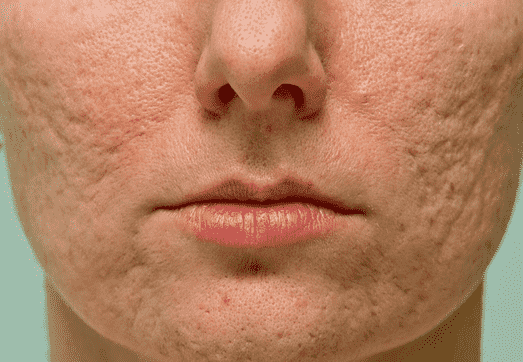Scarring: What Is It?, Its Types, & Treatments
Scars, the things that remind you that you got hurt, or the things that supposedly make you more manly. Whatever your take on scars might be, medically, they are tissues formed at the sight of any cuts or bruises on your body. Any break or cut on your skin can lead to Scarring, but it doesn’t always. If you develop scars or not, that can be affected by the site of the wound, its depth, and its size. So, now that you know the factors that make a scar and look for its types and treatment options in Jodhpur, this blog will help you further.
Are There Different Types Of Scars?
Yes, there are four types of scars. The name of the scar also kind of defines the way you get them. It’s important to note before moving forward that scars are inherently untreatable. You can do things to reduce the appearance of scars, but it’s quite difficult to fully treat a scar. There are several things that play into it, which will be discussed in the next section dedicated to treatments. For now, let’s explore the four types of scars.
Acne Scars
Acne is common among young adults and teenagers, but all types of acne don’t lead to scars. Typically, only severe acne cases lead to Scarring. The appearance of the scars can also differ based on different issues, but severe cases often lead to deep and pit-like scars. In some cases, they can even be angular or wavelike in appearance. Treating these scars depends on the type and cause of your acne.
Contracture Scars
You can get these scars from serious burns. The scar tissues tighten your skin and restrict your ability to move that part of your body. These scars also go deep and can even go as deep as your muscles and nerves. Contracture scars are serious and need intensive medical care. As you would imagine, these scars can’t heal themselves, and treatment options are also quite limited for them, given they are very serious injuries.
Hypertrophic Scars
These scars are formed at the site of an injury. They are also easy to identify because they are red, and they don’t expand beyond the site of the wound; this is important because that’s how you can differentiate it from a Keloid scar, which will be explained next. Hypertrophic scars are treatable with steroids and silicone sheets. However, some appearance of the scar might still remain after the treatments as well.
Keloid Scars
Keloid scars can occur over a number of injuries; they are caused by your body’s healing process, which, when it becomes aggressive, creates keloid scars. These scars can go beyond the boundaries of the wound, and like contracture scars, they can prohibit your ability to move. These scars can be stopped from forming using gel packs and silicone sheets after an injury. Once you have them, treatment is less helpful but can still work towards reducing the appearance of the scar.
Treatment Options
There are mainly three types of treatments when it comes to scars. They are topical, surgical, and injections. Let’s dive into each of them.
Topical treatment is anything that has to be applied externally on your scar. It is effective in cases where the scars are not very serious or if they are from anything like plastic surgery. Topical treatment includes ointments, lotions, and even oral medications for dealing with the itchiness of your scars.
Surgical treatment is for serious scars where topical treatment doesn’t work effectively. Surgery aims to remove the scar’s appearance through techniques such as laser treatment or dermabrasion. In serious cases, skin grafting is also commonly used to treat scars, especially ones that limit your ability to move.
Lastly, steroid injections are also a common way of treating Scarring, especially keloid and hypertrophic scars.
Conclusion
These are all the types of scars and their treatment options. If you want to learn more about scars, you can check out MediPulse hospital’s website or visit them in Jodhpur for a quick consultation.

